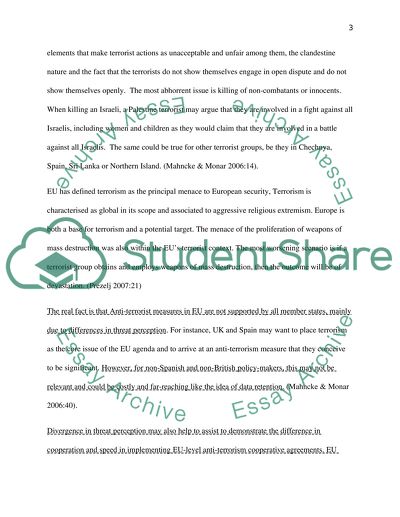Cite this document
(“Issues in international politics (EU) Essay Example | Topics and Well Written Essays - 2500 words”, n.d.)
Retrieved de https://studentshare.org/environmental-studies/1418224-issues-in-international-politics-eu
Retrieved de https://studentshare.org/environmental-studies/1418224-issues-in-international-politics-eu
(Issues in International Politics (EU) Essay Example | Topics and Well Written Essays - 2500 Words)
https://studentshare.org/environmental-studies/1418224-issues-in-international-politics-eu.
https://studentshare.org/environmental-studies/1418224-issues-in-international-politics-eu.
“Issues in International Politics (EU) Essay Example | Topics and Well Written Essays - 2500 Words”, n.d. https://studentshare.org/environmental-studies/1418224-issues-in-international-politics-eu.


